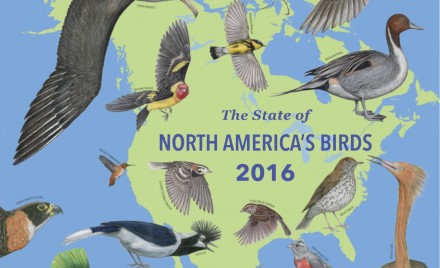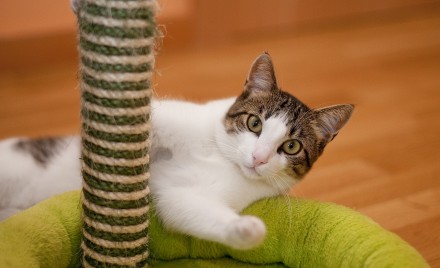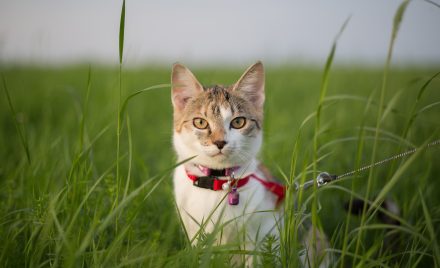From the Field: Wild Birds and Pet Cats

The Ottawa Valley Wild Bird Care Centre is a registered charity that cares for over 2500 sick, injured, or orphaned wild birds annually, until they can be released back into the wild. One of the top three reasons birds arrive at the Centre is injury by cats (alongside window and car impacts) Unfortunately, the birds injured by cats that arrive at wildlife rehabilitation organizations are just a small fraction of the number of birds actually affected by cats.
In 2015, cat encounters accounted for 257 (9.4%) of the birds brought to the WBCC. These are the lucky ones that survived the initial attack and weren’t let go back into the yard by well-meaning but mistaken cat owners. (Click here to read what to do about an injured bird.) They are the few that managed to be found by the right people at the right time — before succumbing to the trauma and infection that cat encounters will bring. Despite our best efforts, only 89 of these birds made it back into the wild. The difficulty is not only the injuries the birds initially present with — which range from some missing feathers or a few puncture wounds, to severely fractured bones and deep lacerations — but keeping the inevitable infection under control. The bacteria in a cat’s saliva combined with the paper thin skin of bird means that contact with even the most “gentle” of cats could lead to a deadly outcome for the bird. The smallest skin puncture is very likely lead to an infection that could have devastating effects. Many of the birds brought in are ones that have had an encounter with a cat and have been able to survive for a few days until the infection runs them down so much that they can be easily captured. Unfortunately, at this point the bird is often too weak to be able to fight off the infection, even with the help of antibiotics. We couldn’t even guess how many birds out there have managed to escape from a cat’s mouth only to succumb from a deadly infection in the days following the encounter.
The most vulnerable birds, and those that account for more than half of the cat attacks each year, are the babies or fledglings. Since young birds leave the nest before they can really fly and spend some days on the ground building the muscle strength in their wings and learning about their environment, they are at a very high risk and are an easy mark for a cat. To make matters worse, baby season is during the hottest months of the year, which only increases the likelihood of a wound quickly becoming grossly infected. Those birds that spend time foraging on the ground, such as American Robins and Mourning Doves, as well as those that frequent the feeders of outdoor cat owners, are also at a high risk. But it’s not just the backyard birds that are victims! Of those 257 cat-attacked birds brought in to the Centre in 2015, there were 41 different species including a Wood Thrush, currently listed as a species at risk in Ontario. We can’t help but wonder at the large number of forest, field and marsh birds that never have the chance to survive because no one is there to find them.
A bird that is brought to the Centre as a result of an encounter with a cat and survives has to remain in care for at the very least a week, in order to receive a full round of antibiotics. Broken bones need at least three weeks to heal and those birds that have come in with feathers ripped out are likely to stay at least one month before they are able to be released.
We understand that there is complex feral cat issue, but it is attacks on birds by pet cats that we see as an easily preventable problem. Cats are just doing what comes naturally, but we can prevent them from hunting birds and wildlife just as we do with dogs. Please keep your cat indoors or contained in an enclosure, leashed and supervised when outside. If you let your cats roam, please do not attract the birds into your yard with bird feeders, bird baths or nesting boxes! Spay and neuter your cats so that you are not contributing to the stray cat population, and above all else, if you do find a bird that you suspect has been in contact with a cat, please do not assume that it is okay and will survive. Its best chance is for you to bring it to your local wildlife rehabilitation organization as soon as possible.
— Patty McLaughlin, Education Co-ordinator, www.wildbirdcarecentre.org











